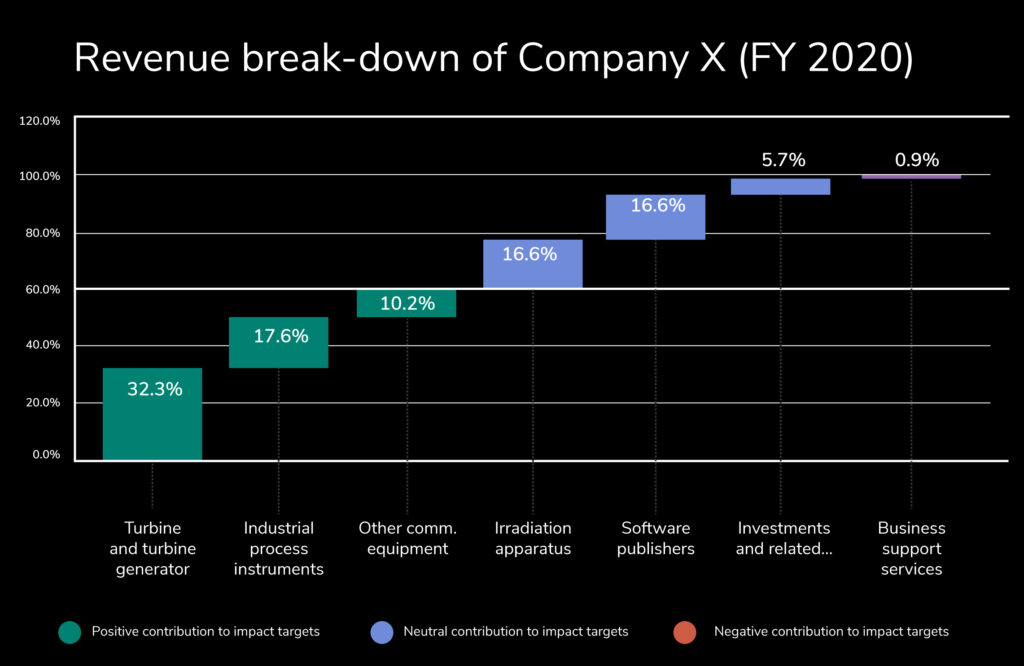Sustainable investing is an investment philosophy that integrates sustainable development factors into a capital allocation strategy. It can be summarized by the integration of extra-financial factors, usually from social, environmental, or governance (ESG) topics, into an investment decision.
The Brundtland Report, named after former Norwegian Prime Minister, Gro Harlem Brundtland, defined sustainable development as “the development that meets the needs of the present without compromising the ability of future generations to meet their own needs”. In 1987, global environmental problems were primarily seen as the result of the enormous poverty of the South and the unsustainable patterns of consumption and production in the North. Nowadays, sustainable development has a broader definition and incorporates wider challenges linked to environmental challenges like climate change and access to basic services like healthcare. This transition to a wider scope is well articulated by the UN’s 17 Sustainable development goals (SDG) that were adopted in 2015.
In light of these urgent matters, the investor who is determined to contribute to sustainability can choose to allocate capital to impact investments. These are investments made with the intention of simultaneously generating financial returns and positive, measurable social and environmental impacts.
Aside from the intent to contribute, an essential feature of impact investing is the investor’s commitment to measure and report on the social and environmental performance and progress made by their investments. Lastly, the impact investor defines value creation not only as economic growth but also as the net good was done.
As a dedicated impact investment management company, Asteria’s ambition is to fill this gap with investment offerings. Impact investments can theoretically be made across all asset classes, and we believe it is essential to integrate economies of scale into the financing of innovative solutions and services that have a real impact. We also cannot overlook the need to continually support and transform existing companies whose business models and operating practices need to change to become more sustainable.
To select the appropriate companies or projects, we need to rigorously estimate their contribution to solving a sustainable challenge – the impact target. There are multiple frameworks that can be used to identify impact targets, and we’ve already introduced the SDGs. The UN’s SDGs give an exhaustive list of targets that our global society is striving for. Another example is the planet boundaries which focus on resource use and the necessity to protect our climate and biodiversity. Any credible framework to use as measurement must be backed by science-based facts that identify a challenge and suggest robust solutions for answering it.
Selecting impact investments necessitates having the capacity to assess how much top-line comes from positively contributing activities.
Identifying contributing companies
A company’s contribution is the extent to which its product, service, or technology contributes to low carbon or fair economy. A growing number of companies offer goods and services whose impact is overwhelmingly positive, and these can include products such as the components involved in the supply chain of renewable energy technologies such as wind turbines or alternative fuel sources such as hydrogen. Equally interesting are the technologies allowing for facilitated diagnosis, which has proven to improve access to care. It is therefore essential to have a thorough understanding of what business activities are responsible for revenue growth. Commonly, business activities can be split into three categories when it comes to an impact target: a positive, neutral, or negative contribution. So, it comes down to understanding a company’s activities and assessing if it is part of the problem or part of the solution.
Selecting impact investments necessitates having the capacity to assess how much top-line comes from positively contributing activities. Usually, companies have multiple business lines and complex organizational structures. To illustrate the steps to be followed, we can take the example of company A – a multinational conglomerate. Historically an industrial company, 50% of its current revenues can be linked to renewable energy production and energy efficiency products.

In the chart above * we note that of seven different business lines, the company contributes to the clean and smart energy target through three activities. The rest of their commercial propositions do not harm any environmental or social targets. As an investor pursuing a positive impact on the climate and the energy transition targets, the company offers an interesting proposition, which is reflected through a positive impact score – a ranking system for recognizing companies who make positive contributions to impact targets.
The central point of impact investing is to identify and measure the positive contributions of potential companies to select for a portfolio.
*Source: Natacha Guerdat, Asteria IM
***
Disclaimer:
The content of any publication on this website is for informational purposes only.



